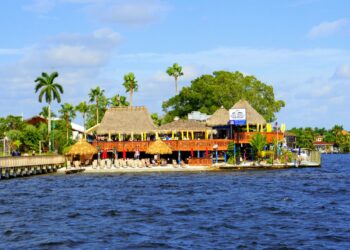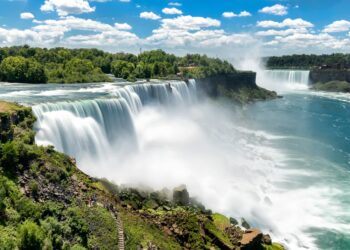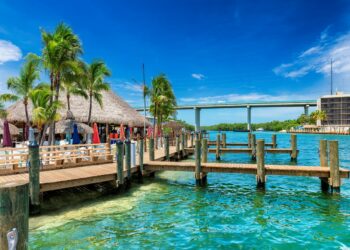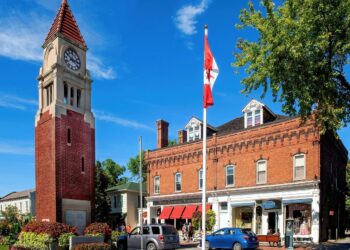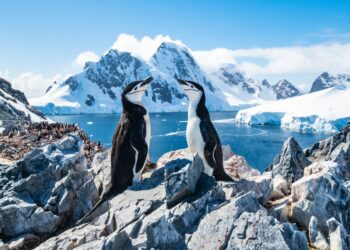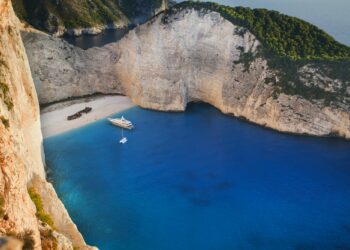When people are planning their trip to Iceland, the first question they often ask is, “should I go in May or September?”, “Should I go to Iceland in October or November?” So let’s dive into when it’s best to go on a trip to Iceland!
What is the main goal of your trip to Iceland?
Depending on your goals, what time is optimal for your trip to Iceland? To decide the best time to visit Iceland, you need to know how things go around the year. Each month is like one of twelve seasons as the weather, brightness, road condition, tourist traffic, services and more, change from month to month.
Affiliate Disclaimer: Our blog posts may contain affiliate links. If you make a purchase through these links, we receive a modest commission at no extra cost to you. These commissions help us fund our team of travel writers, allowing us to continue providing you with the latest travel news, tips, and inspiration. Your support keeps this blog alive and thriving, and we appreciate it immensely. Thank you!
One point about the weather in Iceland. It tends to go around in 3 to 6-week phases and does not always follow the seasons. So it can be warm and rainy for a few weeks during the winter. But, on the other hand, it can be blue skies and cold or cold and blizzards every other day.
January
One of my least favourite months, but it can have its charm if the weather is favourable.
Daylight: 4 hours and 22 minutes (11:19 to 15:42)
It’s the northern lights high season, and it’s winter. The weather can be either warm or rainy or cold with a blizzard and everything between.
Suppose you want to see the country and nature during wintertime. In that case, this is not the best time due to short days and very unpredictable weather. Consider February or March. Follow the weather and road conditions and be safe.
February

Days are getting longer, but still less than regular working hours.
Daylight: 7 hours and 03 minutes (10:09 to 17:13)
If you like outdoor sports like skiing, this is the high season that lasts till April. You can even ski after dark as the ski areas have their trails lit up when it gets dark.
March
The northern lights season is still on.
Daylight: 10 hours and 13 minutes (08:33 to 18:47)
Spring equinox is on March 20th. It’s still winter so brace yourself; weather can be good or bad, like January and February.
April
Late April is the end of the northern lights season.
Daylight: 13 hours and 35 minutes
The first day of summer is April 21st. The end of the northern lights season is in early April.
May
One of my favourite months in Iceland.
Daylight: 16 hours and 49 minutes (05:01 to 21:50)
First of all, you will get snow in the mountains, the summer is on its way and every day is getting longer and longer. May is often sunny but can be cold and windy as well.
June

The tourism season is kicking in.
Daylight: 20 hours and 09 minutes (03:22 to 23:31)
Summer solstice – the longest day of the year is on June 20th. Daylight lasts 21 hours and 08 minutes (02:55 to 00:03).
The roads to the highland start to open up in late June; it depends on how much snow is in the highlands and the weather in the spring.
July
It’s the high season in tourism, you’ll find a lot of people visiting popular tourist attractions.
Daylight: 20 hours and 48 minutes (03:06 to 23:55)
But keep in mind, if you are travelling in your own car you can control when you visit popular places, early in the morning or late in the evening. Avoiding the bus traffic. If you like crowdy places then August might be a good time to have your trip to Iceland.
August
The biggest travel weekend for Icelanders is around the first weekend in August, with a lot of traffic all around the country.
Daylight: 17 hours and 54 minutes (04:35 to 22:29)
In good weather, the twilights can be really beautiful. Late August, around the 20th, is the first chance to see the northern lights in the upcoming fall and winter.
September

The autumn is settling in, and you can see nature prepare for winter with many beautiful colours.
Daylight: 14 hours and 30 minutes (06:11 to 20:41)
Autumn equinox is September 22th. The high tourism season is over, but many are still on the roads.
October
Natures theme colour in October is black and brown.
Daylight: 11 hours and 17 minutes (07:37 to 18:58)
The first day of winter is October 22nd. This month is often time really wet and windy. It’s time to closely follow the weather and road conditions to be safe. Unfortunately, the highland roads are closed at this time of year.
November
Real transition from autumn to winter. If you’re thinking of booking your trip to Iceland for November, reconsider.
Daylight: 7 hours and 56 minutes (09:12 to 17:09)
The weather is unpredictable, and this is not the best month to drive the ring road. Many travellers get in trouble trying to drive between towns way too late in the evening or during the night and get stuck in the snow. Remember to check the road condition. Roads are not serviced after 9 pm to 6 am. So if there is snow and windy, the roads get blocked really fast.
December

It is the best time to hunt the northern lights. Usually, you can see the northern lights after 6 pm in the evening and through the night to 5 am.
Daylight: 04 hours and 59 minutes (10:47 to 15:46)
Winter solstice – the shortest day of the year is on December 21st when the daylight is 4 hours and 7 minutes. Many restaurants will close during the holidays, especially December 24th and 25th. Still, this old habit of Icelanders is changing due to increased tourism, especially in Reykjavík. So just be prepared for that.
Ok, being in Reykjavik for new year evening is a unique and breathtaking experience; the city goes wild with fireworks, which you will not see in many other places. So find a place where you have a good view of the city.
So, when to plan a trip to Iceland?
What you want to see and experience during your trip to Iceland will help you determine when to visit. Each month is different, it’s always cold but depending on your companionship, number of days you stay, budget and activities, you can enjoy the country whenever you decide to travel.


